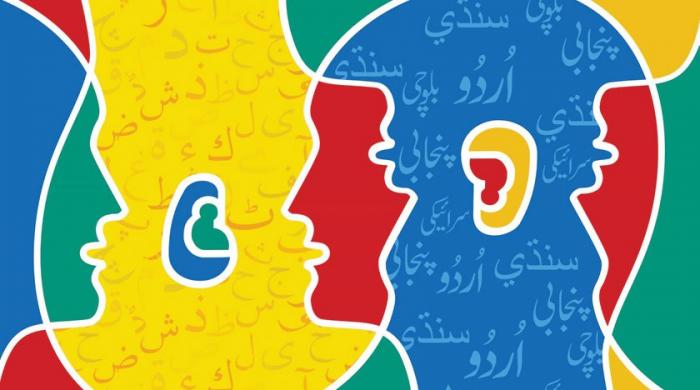By: Kashif Nawab
Nestled in South Asia, Pakistan is not just renowned for its rich cultura tapestry but also for its linguistic diversity. With over 220 million people, the country stands as one of the most populous globally, hosting a fascinating array of tongues, each contributing to its cultural mosaic.
National Languages: Urdu and English
Urdu, steeped in history and poetry, stands as Pakistan’s national language, alongside English, a relic of the colonial era. Urdu emerged during the Mughal Empire and served as a unifying force among Pakistanis from different regions and ethnic backgrounds. English, meanwhile, retains significance in administration, education, and international communication, often seen as a marker of education and social status.
Provincial Languages: Punjabi, Sindhi, Pashto, and Balochi:
Pakistan’s linguistic richness extends to its provincial languages, each reflecting the unique heritage of its region. Punjabi, the most spoken language, dominates Punjab, showcasing vibrant literary and cultural traditions. Sindhi, originating from Sindh, boasts a rich literary heritage. Pashto, symbolic of Pashtun identity, resonates in Khyber Pakhtunkhwa with its poetic traditions. Balochi, spoken in Balochistan, embodies the rugged beauty of its homeland, reflecting the struggles and triumphs of the Baloch people.
Regional Languages: Saraiki, Hindko, Brahui, and Others:
In addition to provincial languages, Pakistan boasts a myriad of regional tongues, each adding its unique flavor to the linguistic tapestry. Saraiki, prevalent in southern Punjab and parts of Sindh and Khyber Pakhtunkhwa, boasts its own literary tradition. Hindko, found in the Hazara region, blends Punjabi, Pashto, and Persian influences. Brahui, an ancient Dravidian language, adds to Balochistan’s linguistic diversity.
Endangered and Minority Languages:
Despite the richness, many languages face extinction due to socio-economic factors. Languages like Shina, Balti, and Burushaski in Gilgit-Baltistan confront challenges such as limited resources and educational opportunities. The dominance of Urdu and English further threatens smaller languages, as younger generations opt for economic opportunities.
Preservation Efforts:
Efforts to preserve and revitalize endangered languages are underway, including documenting linguistic diversity, promoting mother tongue education, and community-based revitalization projects. Organizations, scholars, and activists advocate for the recognition and preservation of Pakistan’s linguistic heritage.
Conclusion:
Pakistan’s linguistic diversity mirrors its cultural heritage and ethnic tapestry. As the country progresses, preserving and celebrating this diversity becomes imperative, ensuring all voices are heard and cherished in the nation’s collective identity.


